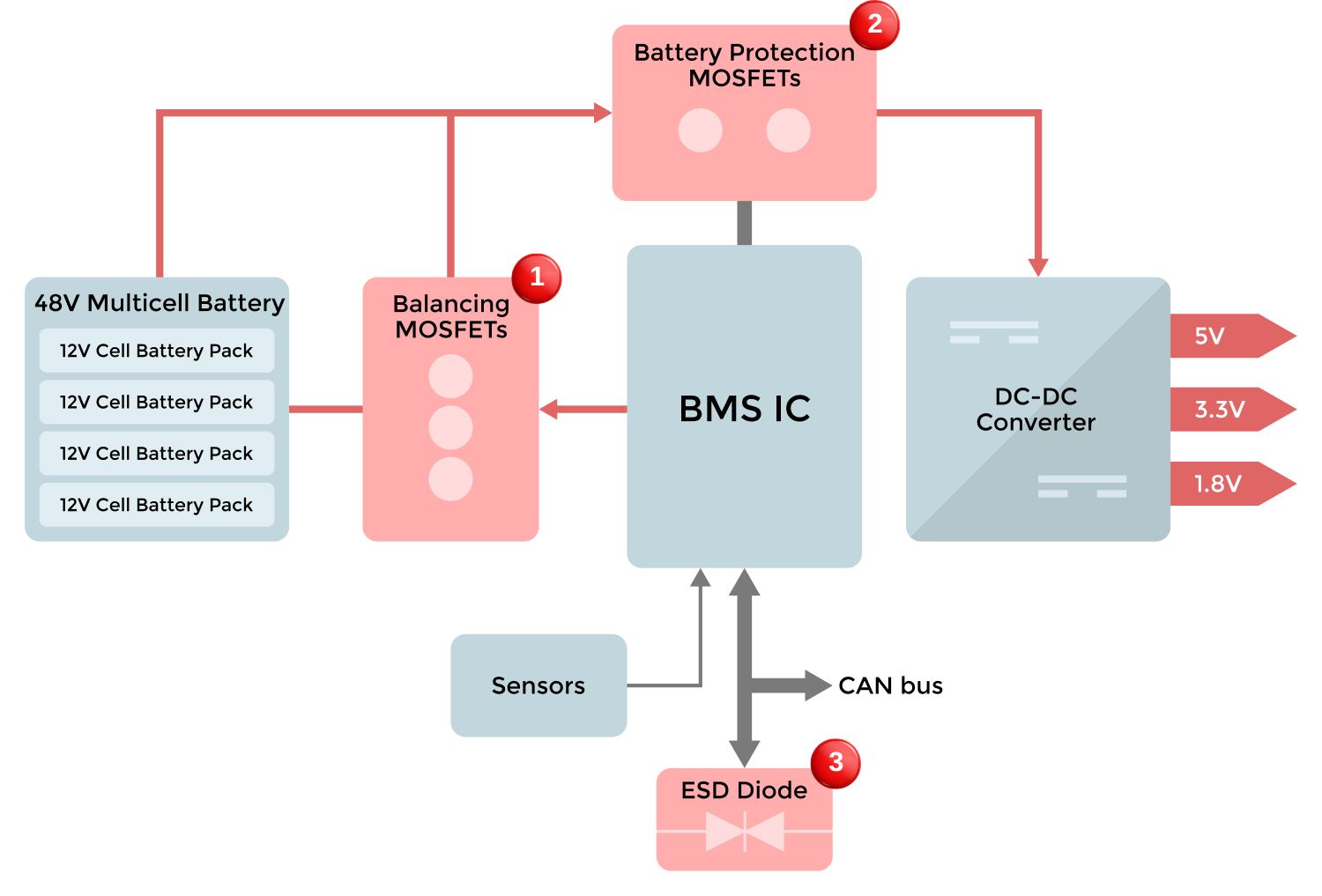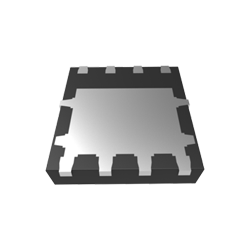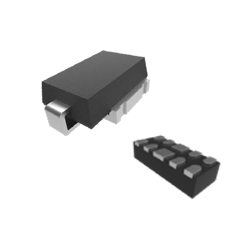/ Effective Power Management Requires Intelligent BMS Design
E-bikes use similar battery and BMS technology found in electric vehicles — with the added constraint of limited space. That’s where thoughtful BMS design comes in.
The battery management system has many mission-critical duties, including:
- Constantly monitoring the battery’s state of charge and state of health
- Communicating any alerts or malfunctions to the driver
- Optimizing power management
- Extending battery life
- Ensuring safe operation
- Maximizing power delivery
/ Application Considerations
To ensure reliable performance and protection of the battery life, design engineers should consider the following when developing e-bike BMS solutions:
- Battery chemistry - Lithium-ion batteries may use Lithium Iron Phosphate (LiFePO4) for exceptional cycle life and inherent safety, while Lithium Nickel Manganese Cobalt Oxide (NMC) batteries boast higher energy density but require more precise monitoring
- Efficiency - using as little energy as possible extends the life of the battery and the range of each trip between charges
- Short-circuit protection - detecting and isolating short circuits is essential for safe operation
- Power management - cell balancing with a battery protection MOSFET redistributes uneven charges and ensures each cell reaches the optimal voltage
- Thermal performance - proper heat dissipation and thermal properties are a must for maintaining safety and minimizing energy losses
- Component size - because e-bikes have limited space for electronic components, all parts should be compact with high power density
- Low RDS(on) - low on-resistance enables efficient switching with less heat generation, protecting the battery
- Battery reverse protection - measures should be in place to address damaging and potentially dangerous reverse polarity
- Regulatory compliance - in some markets, e-bike components must adhere to strict requirements, such as UL 2849, IEC 62133, EN 15194, or others
- EMI/ESD protection - safeguarding the system from electrostatic discharge, electromagnetic interference, and over-voltage is a top priority
- Reliability in harsh conditions - all BMS components must be able to withstand extreme temperatures, moisture, and humidity
/ Block Diagram

/Recommended Products
Get a Competitive Edge on Your Next Project
No matter the application or industry, MCC has the service and components you need to get to market faster and reduce overall costs.




